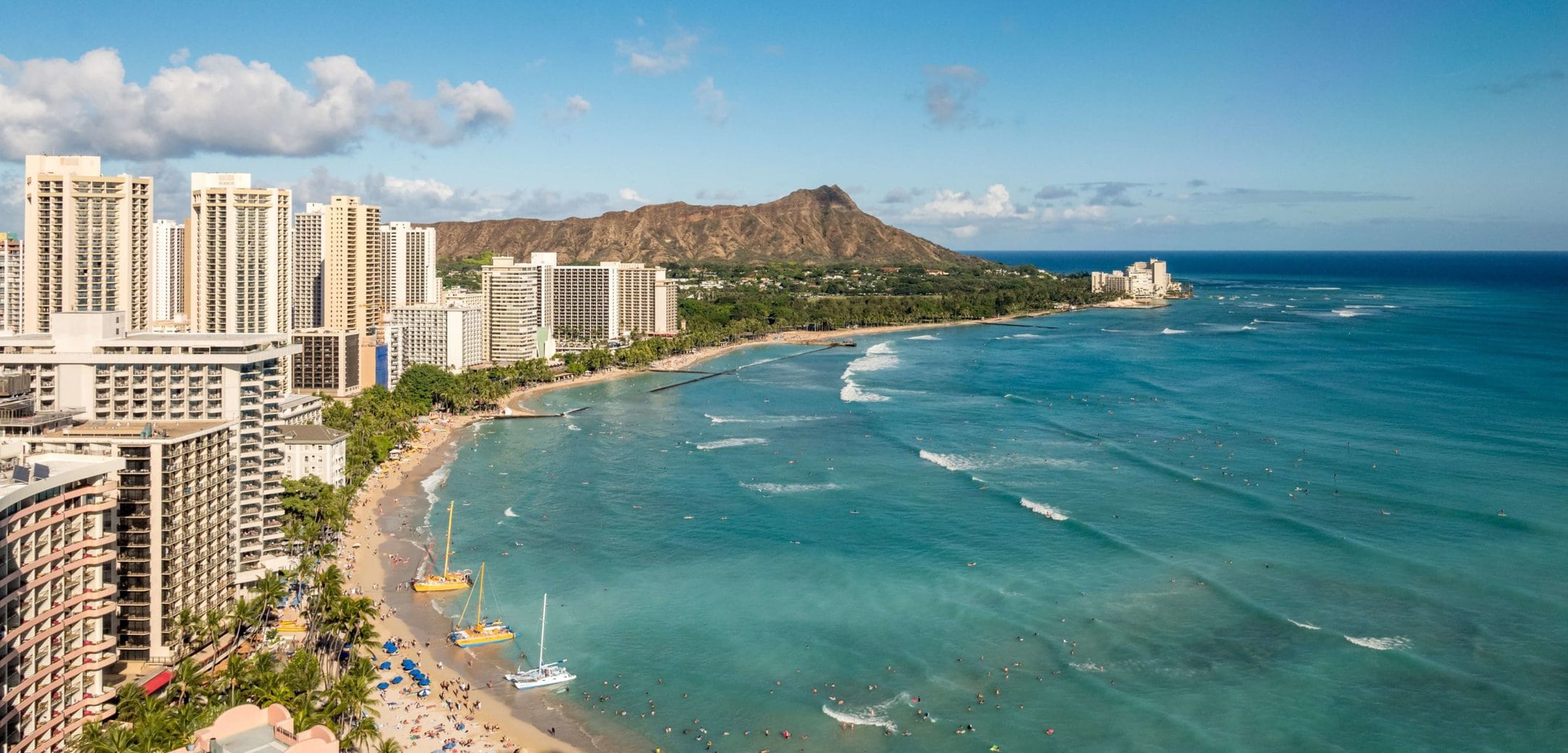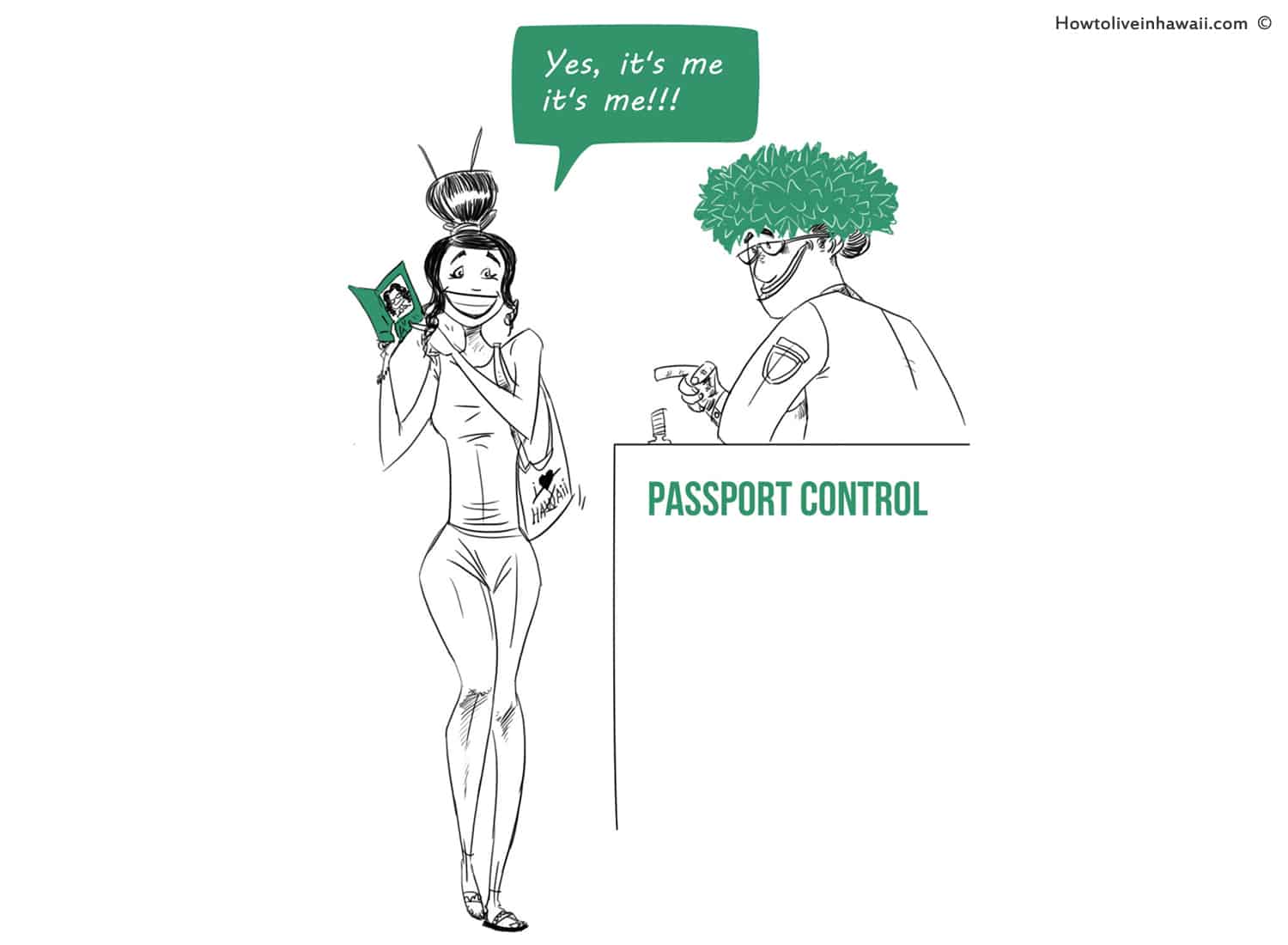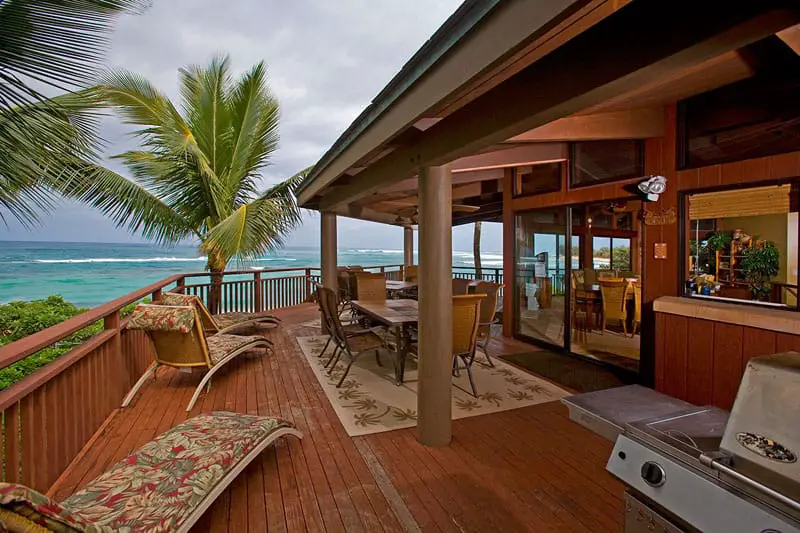Latest Posts

Is Living in Hawaii Worth It?
Discover the pros and cons of living in Hawaii and decide if the island paradise is worth the cost, lifestyle adjustments, and potential challenges.

Discover the Best Tattoo Shops in Maui Hawaii
Looking to get inked in Maui, Hawaii? Discover the top tattoo shops on the island, offering skilled artists, unique designs, and a safe and clean environment.

Experiences of Living In Hawaii Military: Living the Dream
Discover the captivating stories of military personnel living their dream in Hawaii.
Cost of Living

Grocery Prices in Hawaii: Best Food Cost Guide 2024
A common question I see posted on forum threads about moving to Hawaii is: “What are the grocery prices in Hawaii like?” This question seems to spring from the common knowledge that Hawaii has higher grocery prices because most goods are manufactured or grown outside of the islands and need to ship over. It’s a … Read more

How Much House Can You Afford in Hawaii?
Discover how to determine the right budget for purchasing a house in Hawaii.

How to Ship a Car to Hawaii: Cost of Shipping to Hawaii 2023
Do you need to ship a car to hawaii? Are you moving soon? This guide walks through how to ship a car to hawaii, the cost involved, and much more!
Finding a Home in Hawaii

Discover the Best Grass for Hawaii’s Climate
Learn about the top grass varieties that thrive in Hawaii’s unique climate.

How Much House Can You Afford in Hawaii?
Discover how to determine the right budget for purchasing a house in Hawaii.

Exploring AMR Military Housing Hawaii
Discover the unique features and benefits of AMR military housing in Hawaii.
Jobs in Hawaii

Experiences of Living In Hawaii Military: Living the Dream
Discover the captivating stories of military personnel living their dream in Hawaii.

Exploring AMR Military Housing Hawaii
Discover the unique features and benefits of AMR military housing in Hawaii.

Highest Earning Companies In Hawaii: Top 10 List
Let’s talk about job hunting. Because unless you’re independently wealthy (in which I case I’m totally envious) or have a nice nest egg saved up for your retirement in Hawaii, you’re gonna have to figure out a way to earn an income here. And for most of us, that means finding a job. When I … Read more
Education

Special Education In Hawaii: Top List of Special Needs Schools & Programs in Hawaii
If you have a child with special needs, there are schools and educational programs in Hawaii that you should know about for children with disabilities, emotional/behavioral problems, and specific learning requirements. Some of these schools and programs catering to special education in Hawaii are run by private organizations and charge tuition. Others are funded through … Read more

How to get a Hawaii Driver License Or State ID: The Guaranteed Way
How to Get a Hawaiian Drivers Licence If you have an unexpired driver’s license from another U.S. state, Canada, Puerto Rico, the U.S. Virgin Islands, Guam, American Samoa, or the Northern Mariana Islands, you may continue to use that license to drive in Hawaii, as long as you are at least 18 years old. If … Read more

Overview: Child Care In Hawaii Part 1
Part 1: Overview Types Of Providers In Hawaii, there are 3 types of child care providers that are defined and regulated by state laws: A license-exempt provider (like a relative, friend, or babysitter) can care for up to 2 children who are not related to them. A licensed family child care home has a caretaker … Read more
Pets in Hawaii

Hawaii Long Term Rentals: Top 5 Sites Guide
So you’ve figured out the maximum rent you can afford in Hawaii, and you’ve identified which towns or neighborhoods you’re most interested in moving to. At last, you’re ready to tackle those listings for Hawaii long term rentals to find your new home in Hawaii. How to find a long term rental in Hawaii? Even … Read more

Pet Health Certificate – Best Guide To Bringing Pets To Hawaii Step 8
Step 1: Prohibited AnimalsStep 2: VaccinationsStep 3: MicrochipStep 4: Blood TestStep 5: Flight BookingStep 6: KennelStep 7: Import Form Step 8: Pet Health Certificate Pets From Guam, Australia, New Zealand, or the British Isles If your dog or cat will be coming to Hawaii from Guam, Australia, New Zealand, or the British Isles, it will … Read more

FAVN Test Hawaii – Best Guide To Bringing Pets To Hawaii Step 4
Step 1: Prohibited AnimalsStep 2: VaccinationsStep 3: Microchip If your dog or cat will be coming to Hawaii from Guam, Australia, New Zealand, or the British Isles (England, Scotland, Wales, Northern Ireland, Republic of Ireland, Isle of Man, Bailiwick of Jersey, and Bailiwick of Guernsey), you can skip the FAVN test completely. Tip: The countries … Read more
Hawaiian Lifestlye

Experiences of Living In Hawaii Military: Living the Dream
Discover the captivating stories of military personnel living their dream in Hawaii.

The Best Vegetables to Grow in Hawaii
Discover the top vegetables that thrive in the tropical climate of Hawaii.

Discover the Best Grass for Hawaii’s Climate
Learn about the top grass varieties that thrive in Hawaii’s unique climate.
Travel & Entertainment in Hawaii

Grocery Prices in Hawaii: Best Food Cost Guide 2024
A common question I see posted on forum threads about moving to Hawaii is: “What are the grocery prices in Hawaii like?” This question seems to spring from the common knowledge that Hawaii has higher grocery prices because most goods are manufactured or grown outside of the islands and need to ship over. It’s a … Read more

How Much Does It Cost to Island Hop in Hawaii? Best Guide
Discover the cost of island hopping in Hawaii and plan your dream vacation.

Discover the Best Snorkeling in Hawaii Oahu: Top Spots
Explore the crystal-clear waters of Oahu, Hawaii with our guide to the best snorkeling spots.

